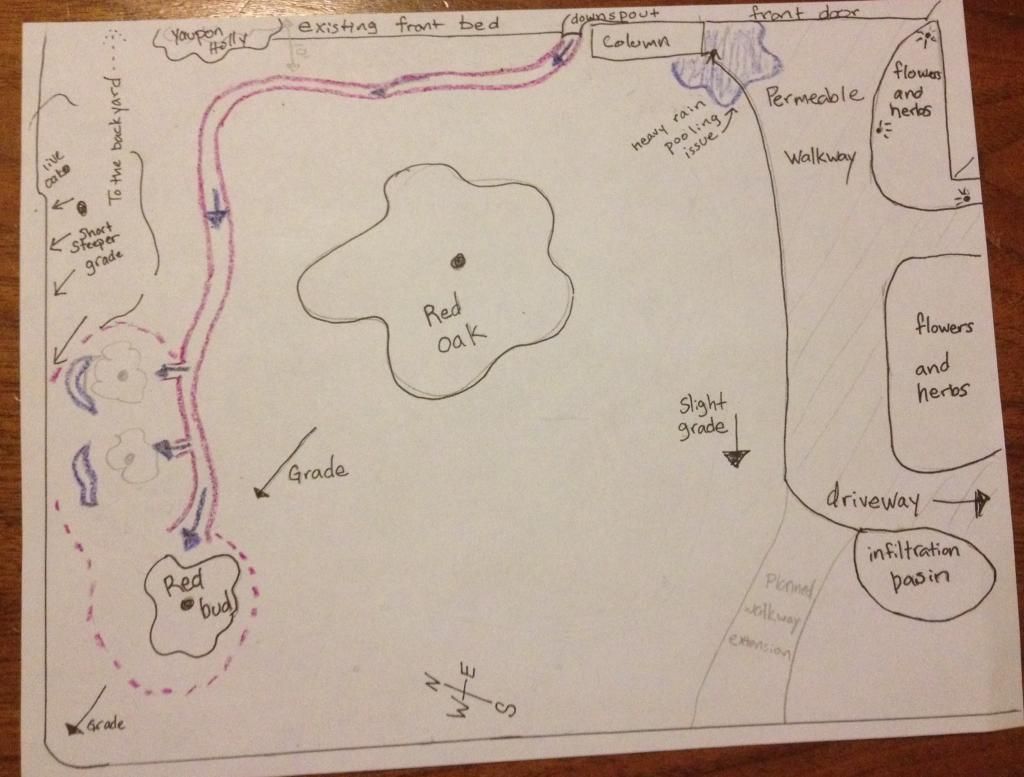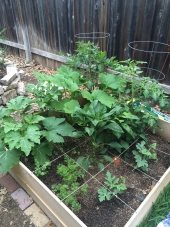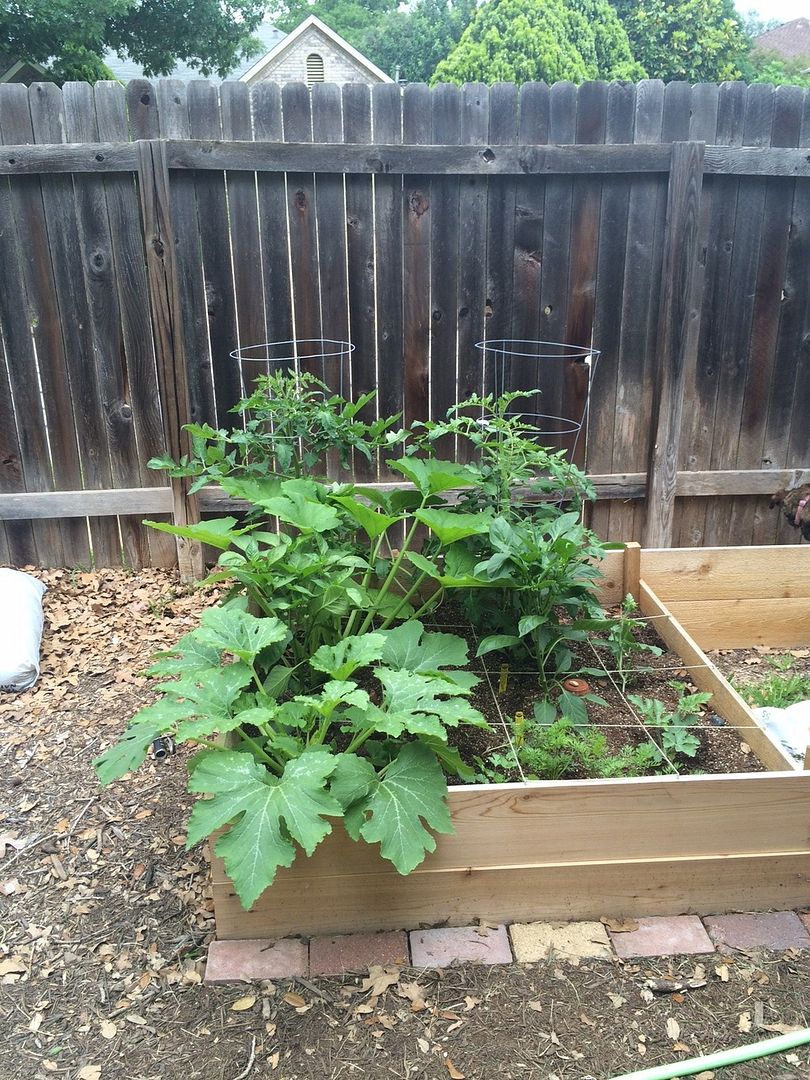Hi permaculture geniuses!
I am thinking about digging a swale that connects to my downspout and then delivers water to a portion of my planned micro food forest.
The plan is to make the swale into a dry creek bed. Water catchment in a tank of some kind is not a great option for this spot as the downspout is right next to our front door.
So, does this look like a reasonable plan? Am I correct in thinking that filling the swale with rocks will allow condensation from the air and increase the water available to my plants? (We have a lot of humidity.) Is there a more economical way to achieve the same result?
The map is not drawn to scale, but for reference, we are on .17 of an acre corner lot. No HOA, but I would like to keep a relatively formal appearance.




















